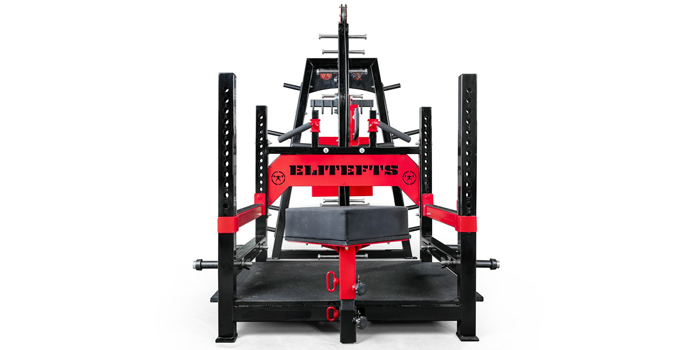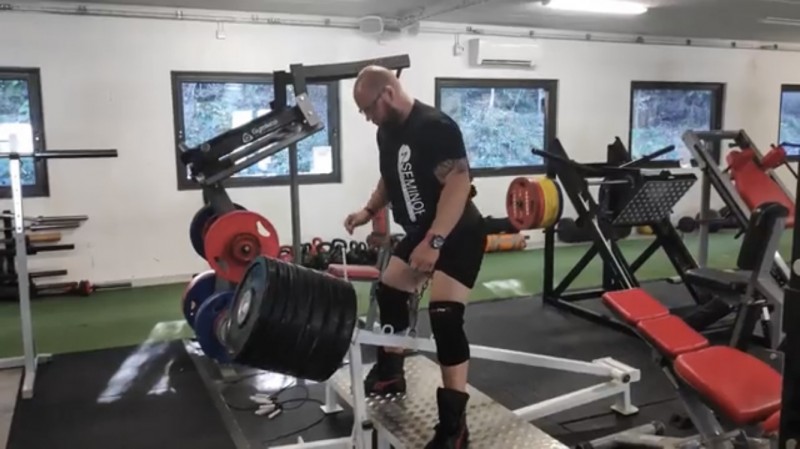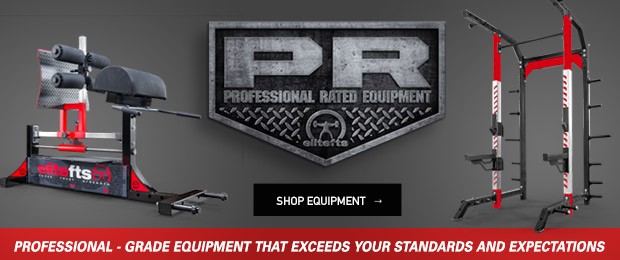
When you perform heavy squats and deadlifts all week, you put heavy pressure on your discs as well as your muscles. Your muscles become sore and recover in about 72 hours until you can put heavy weights on again. The discs, ligaments, and tendons may take a longer time to become fully recovered from the damage. This is one of the reasons you should alternate your squats with belt squats.
In a heavy belt squat, you put a lot of pressure on the muscles of your lower body and around your pelvis. They can handle a lot of weights quite often. The regular squat causes disc compressions when putting heavy weights on. The discs are thought to be designed to deal with that pressure and will usually return to normal shortly after your training session.
RECENT: The Training Effects of Intramuscular Pressure
If you’re a successful powerlifter, you are not dealing with weights your discs consider as normal weights. You’re probably handling bigger weights than that, and that causes damage to your discs that need more time to recover. Of course, the form of your lift will have a big impact on how hard the damage and compressions will be. If you have a bad form, technique training can be crucial. But even with good technique, you will cause disc compressions.
Shifting your heavy squats to belt squats every now and then can really help you recover faster, and in that way, give you results faster with fewer injuries.
One other positive thing about the belt squat is that you have a better form of the movement around your hips when you don’t need to think about how you are holding your upper body under the bar. When you have a better form in your lower body, you will have better carry over when you get back to the regular squat.
It’s also possible to set up the chain from your belt at a height so you can start from your sticking point like a pin press but in the squat. You can also train in your sumo start position to get stronger from the bottom.

There are a lot of benefits with the belt squat, and it’s been used for years by serious lifters around the world. From the beginning, they used to put weight plates on a belt and stand on two boxes with the weights between. But the fitness industry has picked up the interest for belt squatting and start to produce different belt squats machines. There are all kinds of belt squats, from a belt to put a bar in between your legs to cable belt squats to lever arms.
In my case, I built my own from an old T-bar that was forgotten back in my gym storage. We built a new plate, hooks, and the arm to release the weight on it. Different attachments on the lever arm make it possible to get the traction works from different angles.
So why is it better than to use the leg press? In the leg press, you also release the upper body and work with your legs. That’s true. But the truth is that your hip and the muscles around your pelvis don’t need to work in the same way. Your abdominal pressure isn’t needed at all in the leg press but is crucial in the belt squat. The best way to make your regular squat and deadlift to go up is to get stronger in the movement of your hip. Your legs muscles are secondary to the movement of your hip!
One good exercise you can do is the combined squat with a belt squat. If you put some weights on your belt and a regular bar on your shoulders, you can still keep the exact movement pattern but release some weights on your back and have a bigger load on your lower body.
READ MORE: 5 Weeks to Goblet Squat Dominance
This is an excellent exercise for beginners who tend to fall in their back when squatting. A smaller load on the back will teach the hip to take more of the action and stop compensating with lower back muscles. This can teach the nervous system to more successfully activate the right movement pattern in their muscles and to put the load in the right place.
- The belt squat allows heavier loads more often.
- The belt squat gives fewer injuries.
- The belt squat gives you more max effort exercises to choose from.
- The belt squat allows you to squat heavy, even with a herniated disc in your neck.
- The belt squat will make you grow stronger and keep you healthy.











There's one aspect of the normal back squat you forgot to mention. Along with putting pressure on the structures you mentioned, there's also plenty of pressure placed on the vertebral body itself. As Dr. McGill has stated, this pressure this stress is cumulative so as you said, using the belt squat as a regular part of your training is a good idea.
One other thing, concerning the leg press. While it doesn't put a compressing load on the spinal structures it does place a shearing force on the lumbar vertebrae.